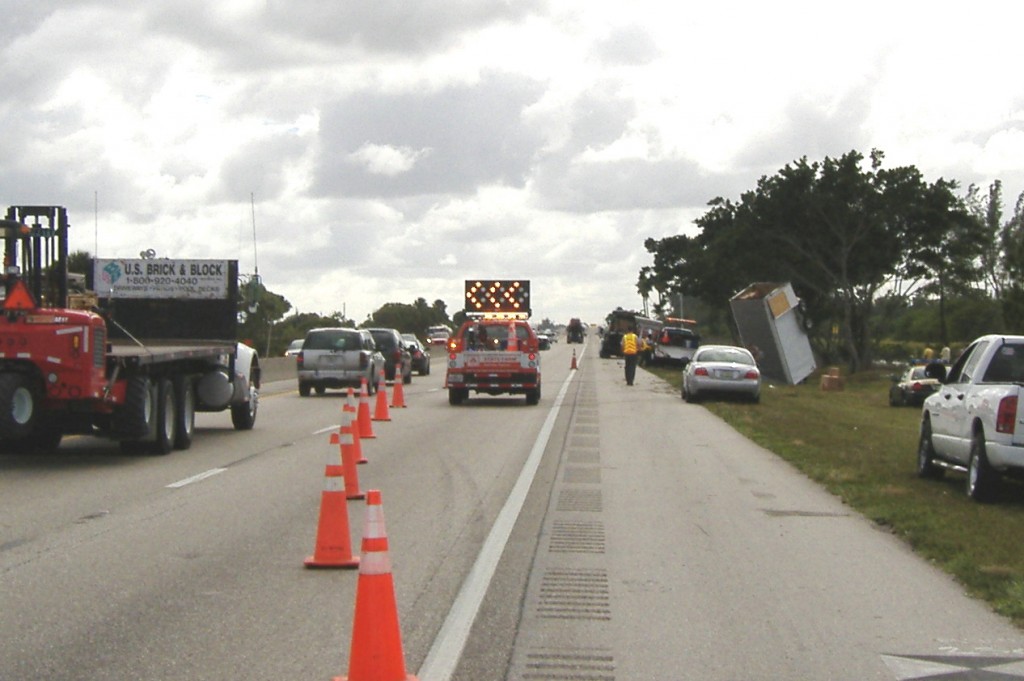“Move Over” Law at a Glance
Every year, first responders across the country are injured or killed on the job while providing emergency services along America’s highways. The “Move Over” Law aims to make all roadside emergency and maintenance professionals safer.
Who? 90% of respondents to a national poll by Mason Dixon Polling and Research sponsored by the National Safety Commission, believe traffic stops and roadside emergencies are dangerous for law enforcement and first responders. 86% of these respondents support enacting “Move Over” laws in all 50 states.
What? The “Move Over” Law, effective in 46 states, requires drivers approaching a stationary emergency or maintenance vehicle with flashing lights to move to the next adjacent lane if it is safe to do so, and, if that is not possible, to reduce their speed. Each state that has implemented the law has their own set of consequences, and failure to comply can result in fines, license suspension, or even jail time.
Why? Over 150 U.S. law enforcement officers have been killed since 1999 after being struck by vehicles along America’s highways according to the National Law Enforcement Officers Memorial Fund.
When? Kansas was the first state to enact the law in 2000. Connecticut and Nebraska were the most recent states to pass the law in 2009.
Where? Hawaii, New York, Maryland and Washington D.C. are the only areas in the nation that have yet to pass the “Move Over” Law.
How? Visit www.moveoveramerica.com to fill out a form showing your state support for this law and to learn more about national efforts garnered toward keeping our emergency responders safe.
